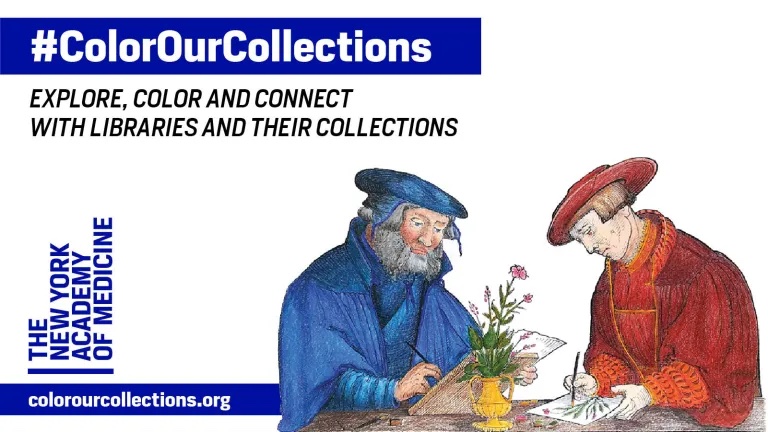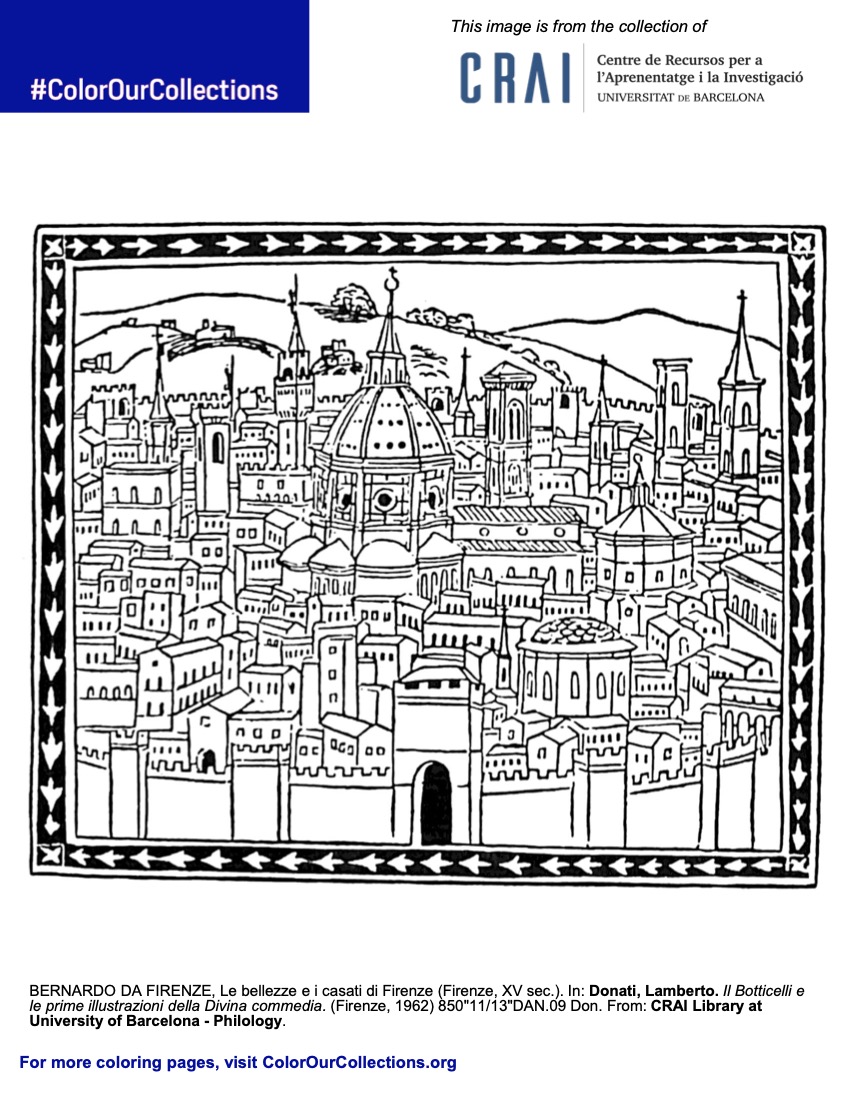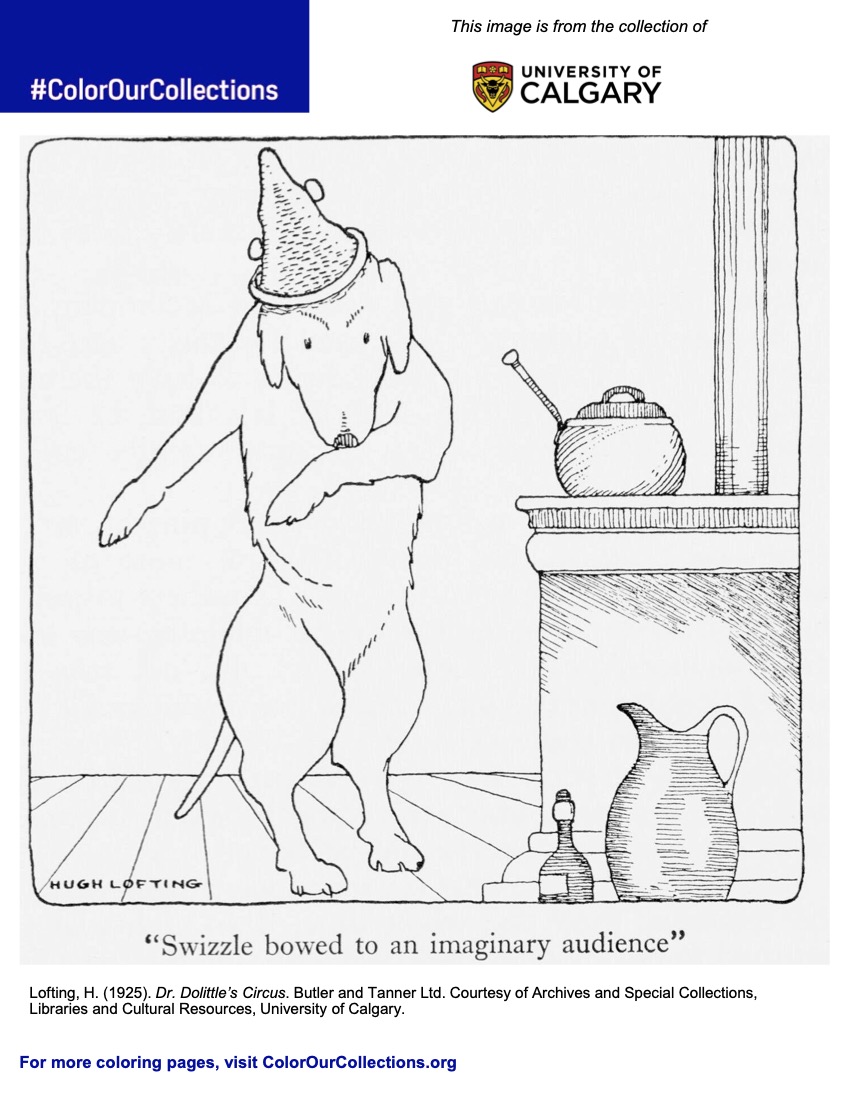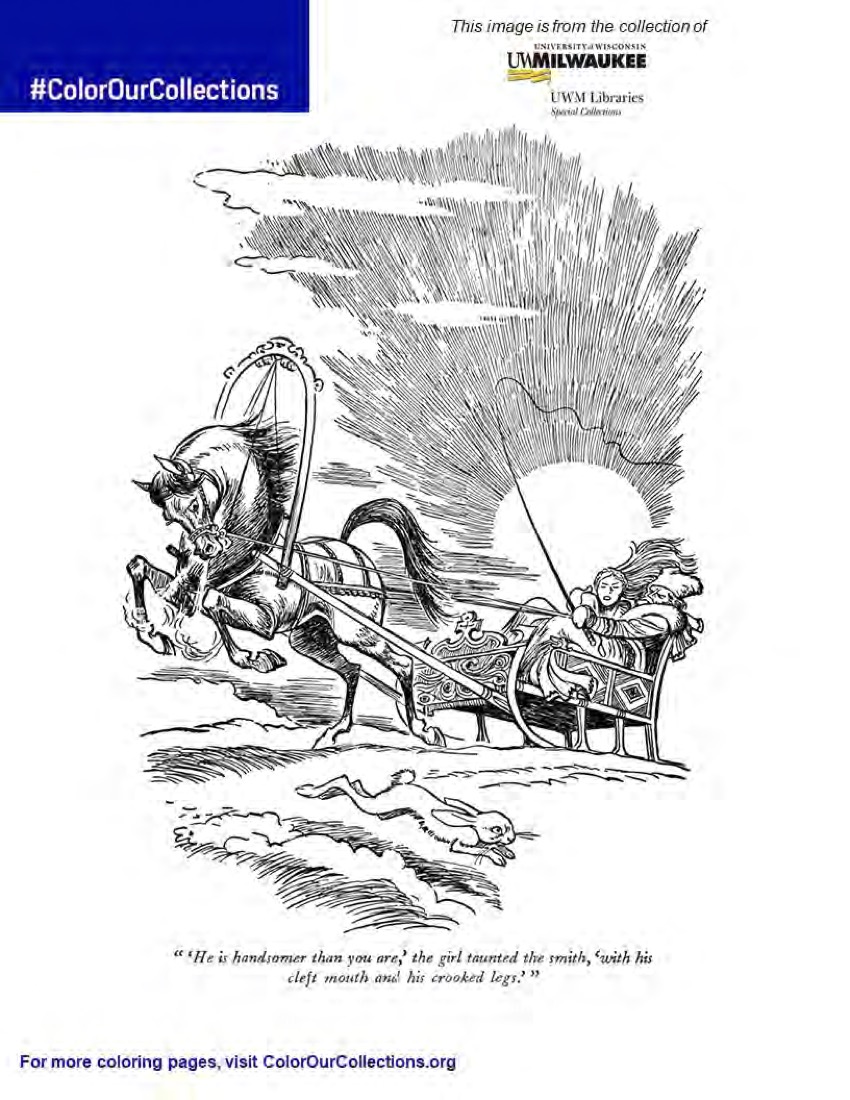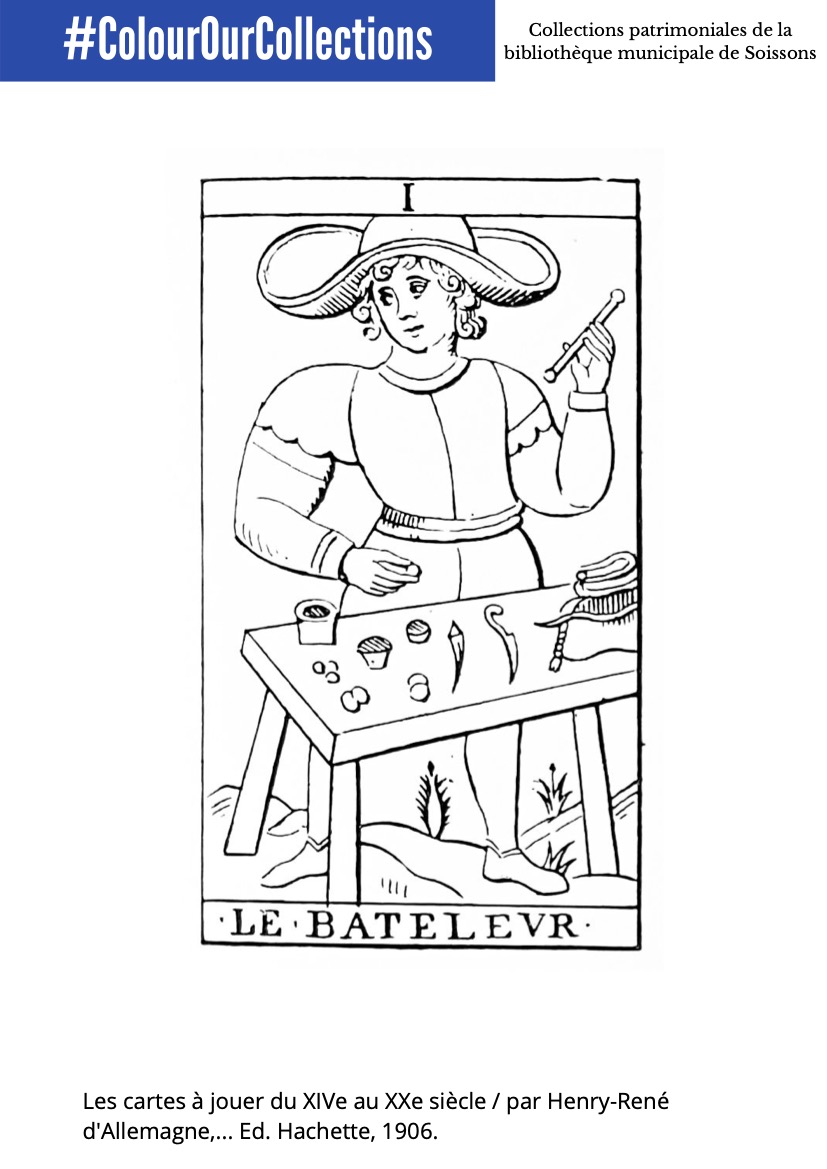From Rick Steves comes a thought-provoking documentary that revisits the rise of fascism in Europe, reminding us of how charismatic figures like Benito Mussolini and Adolf Hitler came to power by promising to create a better future for their frustrated, economically-depressed countries–a future that recaptured the glory of some mythologized past. Once in power, these fascist leaders replaced democracy with a cult of personality, steadily eroded democratic norms and truth, ratcheted up violence, and found scapegoats to victimize–something facilitated by the spread of conspiracy theories and propaganda through modern media. They would lead their nations into war, and ultimately ruin, but not before creating a playbook for other charismatic autocrats who entice voters with simplistic solutions to complex problems.
Originally aired on television, Steves has released the documentary on YouTube, hoping that 21st century citizens can “learn from the hard lessons of 20th-century Europe.” The text accompanying his documentary reads as follows:
In this one-hour special, Rick travels back a century to learn how fascism rose and then fell in Europe — taking millions of people with it. We’ll trace fascism’s history from its roots in the turbulent aftermath of World War I, when masses of angry people rose up, to the rise of charismatic leaders who manipulated that anger, the totalitarian societies they built, and the brutal measures they used to enforce their ideology. We’ll see the horrific consequences: genocide and total war. And we’ll be inspired by the stories of those who resisted. Along the way, we’ll visit poignant sights throughout Europe relating to fascism, and talk with Europeans whose families lived through those times. Our goal: to learn from the hard lessons of 20th-century Europe, and to recognize that ideology in the 21st century.
The Story of Fascism (which will be added to our list of Free Documentaries) is recommended for students and adults alike. With World War II fading from living memory, we could use a good reminder, says Steves, of how “nationalism can be channeled into evil, and how our freedoms and democracies are not indestructible…in fact, they are fragile.” No doubt, the invasion of Ukraine by Putin’s authoritarian regime also offers another harsh reminder. With some luck, resolve and sacrifice, the democratic order will prevail, and may Putin suffer the Mussolini fate.
Note: An earlier version of this post appeared on our site in 2019.
If you would like to sign up for Open Culture’s free email newsletter, please find it here. Or follow our posts on Threads, Facebook and BlueSky.
If you would like to support the mission of Open Culture, consider making a donation to our site. It’s hard to rely 100% on ads, and your contributions will help us continue providing the best free cultural and educational materials to learners everywhere. You can contribute through PayPal, Patreon, and Venmo (@openculture). Thanks!
Related Content:
Why Russia Invaded Ukraine: A Useful Primer
Free Online History Courses
Umberto Eco Makes a List of the 14 Common Features of Fascism

